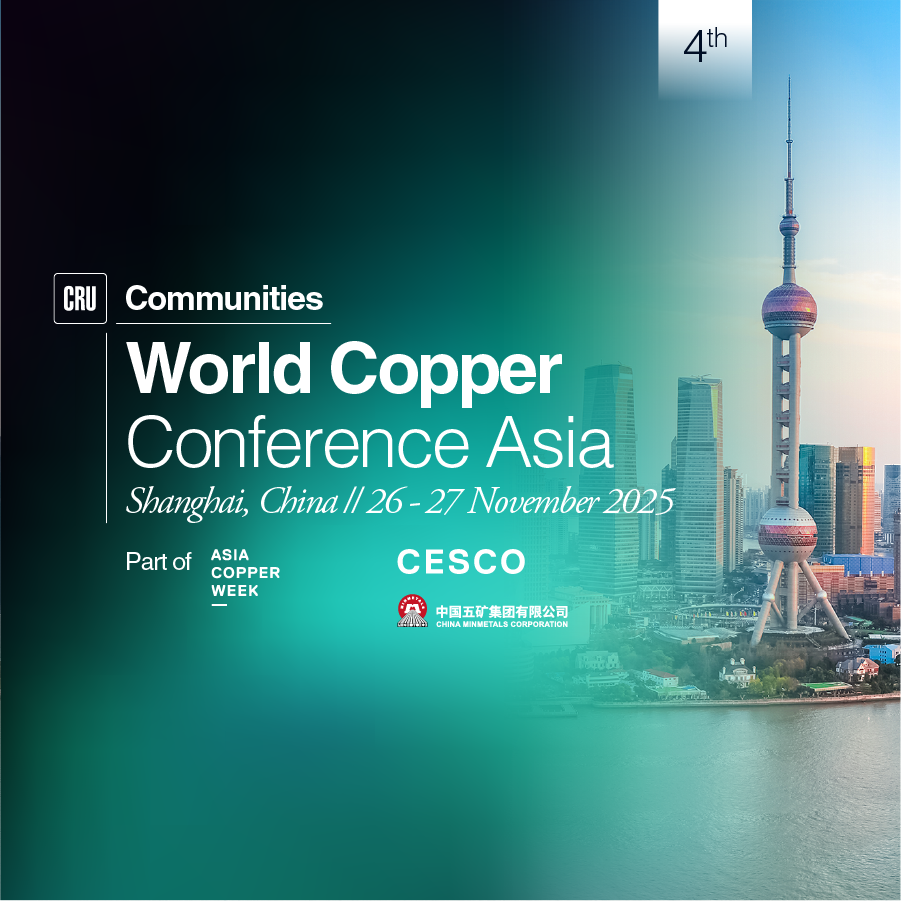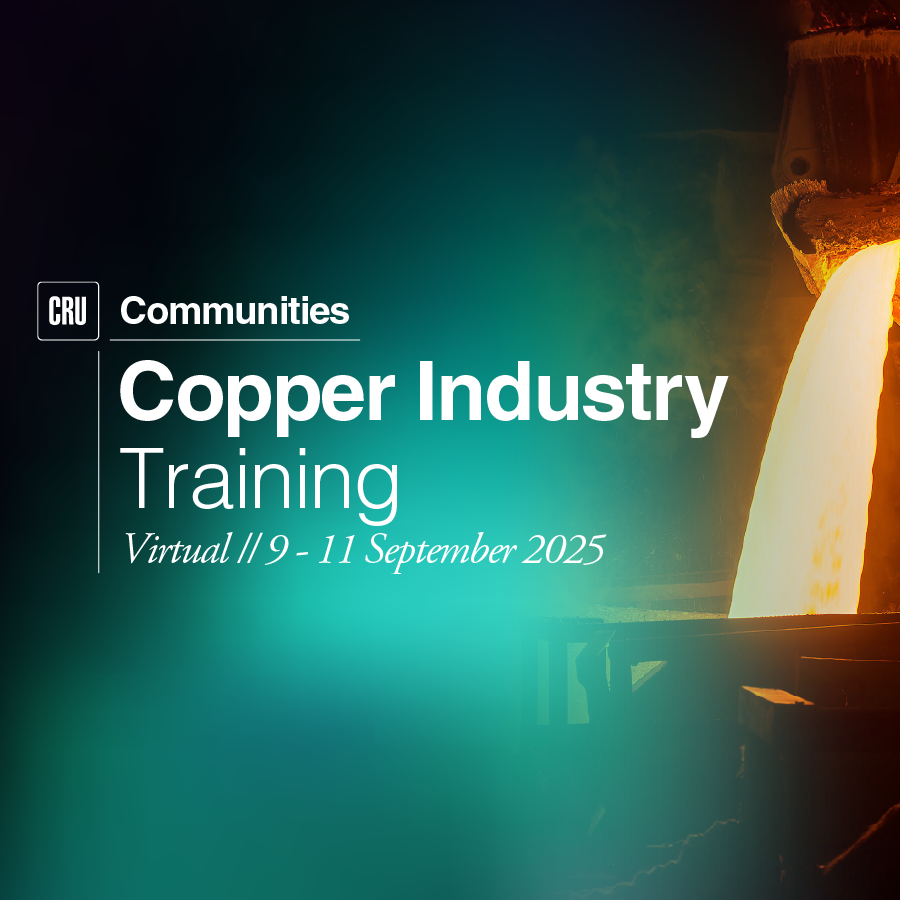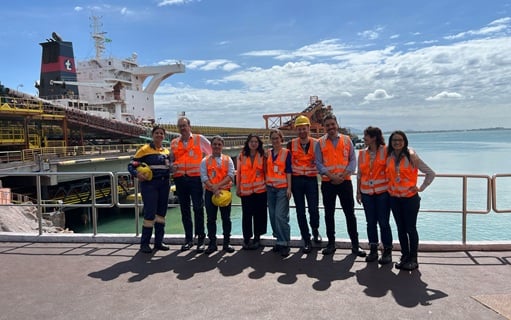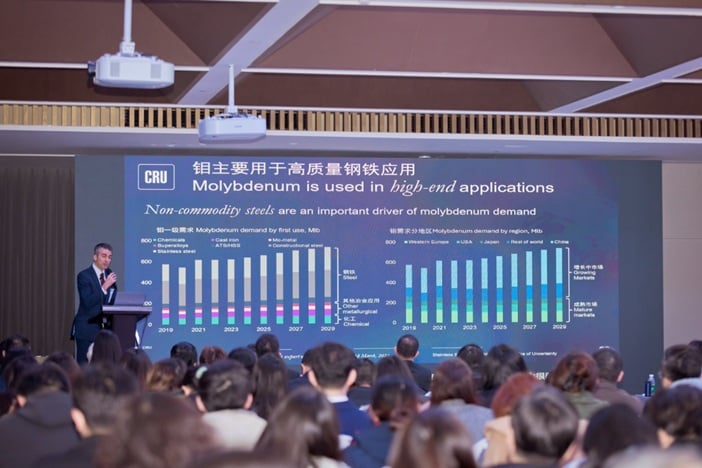The role of furnace and converter technology in copper smelter economics
A brief overview of the copper smelting process
Copper smelting is a complex metallurgical process that involves extracting copper metal from its ore. The primary ore of copper is copper sulphide, which typically contains chalcopyrite (CuFeS2). The smelting process, while essential for copper production, is energy-intensive and can have a range of environmental impacts.
The concentrated copper ore is then fed into a smelting furnace, undergoing a series of high-temperature reactions. In the furnace, the copper minerals are reduced to molten copper matte, a mixture of copper sulphide and iron sulphide. This molten matte is then transferred to a converter, where it is further refined through a process known as oxidation. In the converter, air or oxygen is blown through the molten matte, oxidising the iron sulphide and converting it into iron oxide slag. The remaining copper sulphide is concentrated into a higher-grade matte or blister copper.
Blister copper, which contains impurities such as sulphur, oxygen and other metals, is further refined through fire or electrolytic refining. In fire refining, the blister copper is melted in a furnace and subjected to a controlled oxidation process to remove impurities. In electrolytic refining, impure copper anodes are dissolved in an electrolytic cell, and pure copper is deposited onto cathode plates.
How do furnace and converter technologies impact the overall operating cost of copper smelters?
The furnace and subsequent converter technologies play a crucial role in determining the overall operating cost of an asset. Together, they contribute to over 60% of the overall operating cost Furnace and converter technologies can be grouped into the following types.
Energy consumption, labour expenses, maintenance needs and environmental regulations drive most smelting costs. Energy efficiency can be improved through modern technologies like flash and bath smelting. Labour costs can be minimised through automation, while maintenance costs – though potentially higher with modern technology – can be offset by increased reliability and equipment lifespan. Adhering to environmental regulations adds to capital and operating costs due to the need for pollution control and waste treatment.
Furnace and converter technology combinations
We have analysed specific cost components of the furnace and converter processes, including fuel, electricity and maintenance expenses. First, we will assess the impact of the main furnace operating cost drivers for all the furnace technologies covered by our model. Then, we will analyse the impact of the main converter operating cost drivers linked to each of the previously analysed furnace technologies.
By examining the distribution of these costs within the broader context of total operating costs we can gain valuable insights into the factors that drive cost fluctuations and identify potential areas for optimisation.
The following chart shows the main furnace operating cost drivers for all the primary smelting unit technologies covered by our service, as a percentage of the total furnace operating cost.
Copper smelting furnaces are more electricity-intensive than fuel-intensive due to their continuous operation and cooling system. Their fuel and electricity cost represents an average of 40% of the site’s operating cost. The Mitsubishi process, while efficient, does have a higher electricity consumption compared to other copper smelting technologies. This is mainly because it requires oxygen-enriched air for the smelting and converting stages. Producing this enriched air consumes significant amounts of electricity, and it relies on electrically-driven auxiliary equipment such as pumps, compressors and grinders, which contribute to the overall electricity consumption.
The Teniente converter also stands out in terms of high electricity consumption. Its design and operation require a higher level of oxygen enrichment in the blowing air to efficiently oxidise the matte. This increased oxygen demand translates to higher energy consumption for oxygen production. Also, compared to some other furnace technologies, the Teniente converter has less efficient heat recovery systems. This means that a larger portion of the heat generated during the smelting process is lost to the environment, rather than being captured and reused.
Fuel, on the other hand, isn’t a cost driver for furnaces because most of the energy required to start the smelting process comes from the exothermic reaction of sulphur dioxide formation, which in turn helps achieve and maintain the temperature of the smelting process. Fuel is only used if the sulphur content is too low or to support the furnace’s energy balance.
The next chart presents the converter operating costs associated with their respective furnace technology. These costs are more equally distributed compared to the furnace costs. Energy, fuel and maintenance costs comprise around 70% of the total converter operating cost.
From the Pierce-Smith converter perspective, the most fuel-efficient option is the Mitsubishi Continuous, which stems from its continuous operation and optimised heat recovery. Noranda reactors, Shaft furnaces and Vanyukov are less electricity-intensive, tied to the degree of air injection and oxygen enrichment employed in each technology.
The type of copper furnace technology used before the Pierce Smith converter can significantly impact the converter's electricity and fuel consumption. The furnace technology determines higher matte grade, cleaner slags, thermal efficiency and use of oxygen enrichment. These factors collectively contribute to reduced blowing time in the converter, lower electricity consumption for air injection and reduced fuel consumption for maintaining temperature.
Since the furnace and the converter are integral parts of the copper smelting process, their operating costs comprise on average around 60% of the overall operating cost. The chart below shows the total operating costs of both the furnace and the converter processing stages, as a percentage of the smelter´s operating cost.
The main drivers of these operating costs are:
- Energy consumption: Different smelting technologies require different energy sources. For example, Bottom Blowing technology primarily uses electricity, while Flash Smelting can require additional fuel. Other technology combinations, like direct-to-copper flash smelting, often use a considerable amount of fossil fuel and high levels of oxygen enrichment. These costs are affected by the smelting technology used, the degree of oxygen enrichment and the capacity of the plant.
- Refractory linings: The furnace's refractory linings wear down over time and need periodic replacement. The cost of refractory materials and installation can be substantial, and their replacement requires a considerable amount of downtime. The converter's refractory linings also require periodic replacement, contributing to operating costs
- Maintenance: Regular maintenance is essential to ensure efficient operation and prevent costly downtime. This includes inspections, repairs, and replacement of components. For the converter, it includes refractory repairs, tuyere replacement and maintenance of the vessel itself.
- Flux and additives: Fluxes and additives are used in the converter to facilitate the removal of impurities and slag formation. The cost of these materials can vary depending on market conditions.
Given the analysis above, smelters can continuously seek ways to reduce operating costs using strategies, such as:
- Improving energy efficiency: Optimizing combustion processes, using energy-efficient equipment and implementing heat recovery systems.
- Extending refractory life: Utilizing advanced refractory materials and optimizing operating practices to minimize wear and tear.
- Process optimisation: Implementing advanced process control systems to improve efficiency and reduce reagent consumption.
- Oxygen enrichment: Increasing the oxygen concentration in the converter air blast can improve process efficiency and reduce energy consumption.
For further analysis of copper smelting and refining processes, economics, costs and insights, please see our Copper Smelting & Refining Asset Service.

















